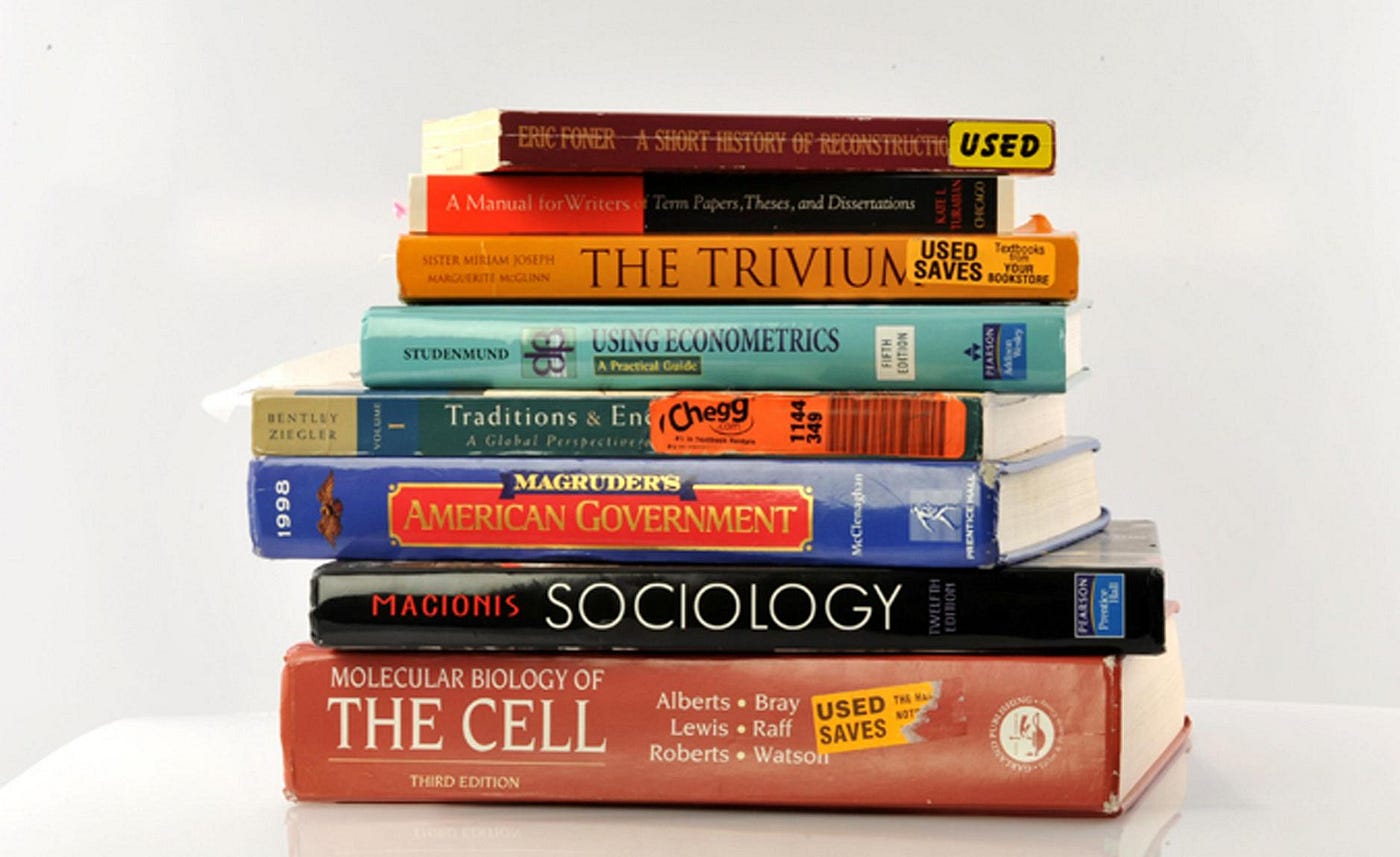Back to: History JSS 1
Welcome to class!
Hello, my fantastic JSS 1 student! Welcome back to history class. I’m so happy to have you here, ready to learn more about the fascinating world of the past. Today, we’re going to talk about something called secondary sources. Remember last time, we talked about primary sources, which are like firsthand accounts of the past? Well, secondary sources are like “secondhand accounts.” They’re interpretations or analyses of primary sources.
Secondary Sources of History
:max_bytes(150000):strip_icc()/GettyImages-839897744-169d7a0c77984487aeab3c00082ef0f6.jpg)
Think back to our example of the traditional Nigerian wedding. A photograph from the wedding is a primary source. Now, imagine someone writing a book about Nigerian weddings, and they use that photograph as one of their sources. That book is a secondary source. It’s not a direct experience of the wedding, but it’s someone’s interpretation of what happened, based on the evidence, including primary sources like the photograph.
Secondary sources are created after the event has happened. They’re often written by historians, scholars, or other experts who have studied the past. They help us understand the past by providing context, analysis, and different perspectives. They’re like guides, helping us navigate the world of primary sources.
Textbook

Let’s look at some examples of secondary sources. Textbooks are a common type of secondary source. Your history textbook, for example, is a secondary source. It summarizes information from many different primary and secondary sources to give you an overview of a particular period or event. It wasn’t written by someone who lived during the time period it covers, but by someone who studied that period.
Biography
Biographies are another type of secondary source. A biography is the story of someone’s life, written by someone else. While a person’s diary or letters would be primary sources about their life, a biography written about them is a secondary source. The biographer uses primary sources, like the diary, and other secondary sources to tell the person’s story.
Documentary

Documentaries can also be secondary sources. While some documentaries might include primary source material, like old film footage, the documentary itself is a secondary source because it’s an interpretation of the past. The filmmaker chooses which information to include and how to present it, shaping our understanding of the topic.
Scholar Articles and Books
Scholarly articles and books are other important types of secondary sources. Historians and other researchers write these to share their findings and interpretations of the past. They often focus on specific topics and provide detailed analysis of the evidence. For example, a book about the history of trade in West Africa would be a secondary source.
Think about the different subjects you study in school. Your science textbook, your English literature book, even your geography book are all secondary sources. They compile information from various sources to teach you about those subjects.
Now, let’s think about Nigerian history. A book about the history of the Niger Delta is a secondary source. It wasn’t written by someone who lived hundreds of years ago, but by a historian who has studied the history of the region. They might have used primary sources like old maps, trade records, and oral histories to write the book.
Summary
It’s important to remember that secondary sources are interpretations. Different historians might interpret the same primary sources in different ways, leading to different secondary accounts. That’s why it’s important to read multiple secondary sources and consider different perspectives when studying history.
So, secondary sources are valuable tools for learning about the past. They provide context, analysis, and different perspectives on historical events. They help us understand the past by summarizing and interpreting the evidence, including primary sources.
Evaluation
Now, let’s check your understanding. Can you explain in your own words what a secondary source is and give three different examples? Think about a historical event you’ve learned about. What are some secondary sources you might use to learn more about it?
Fantastic work! You’re becoming a real history expert! I’m so impressed with your understanding of secondary sources. Remember, these sources help us make sense of the past, and I’m excited to continue exploring history with you in our next lesson!
